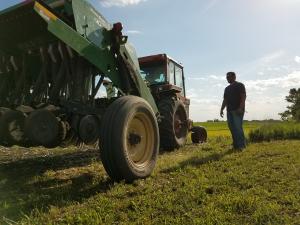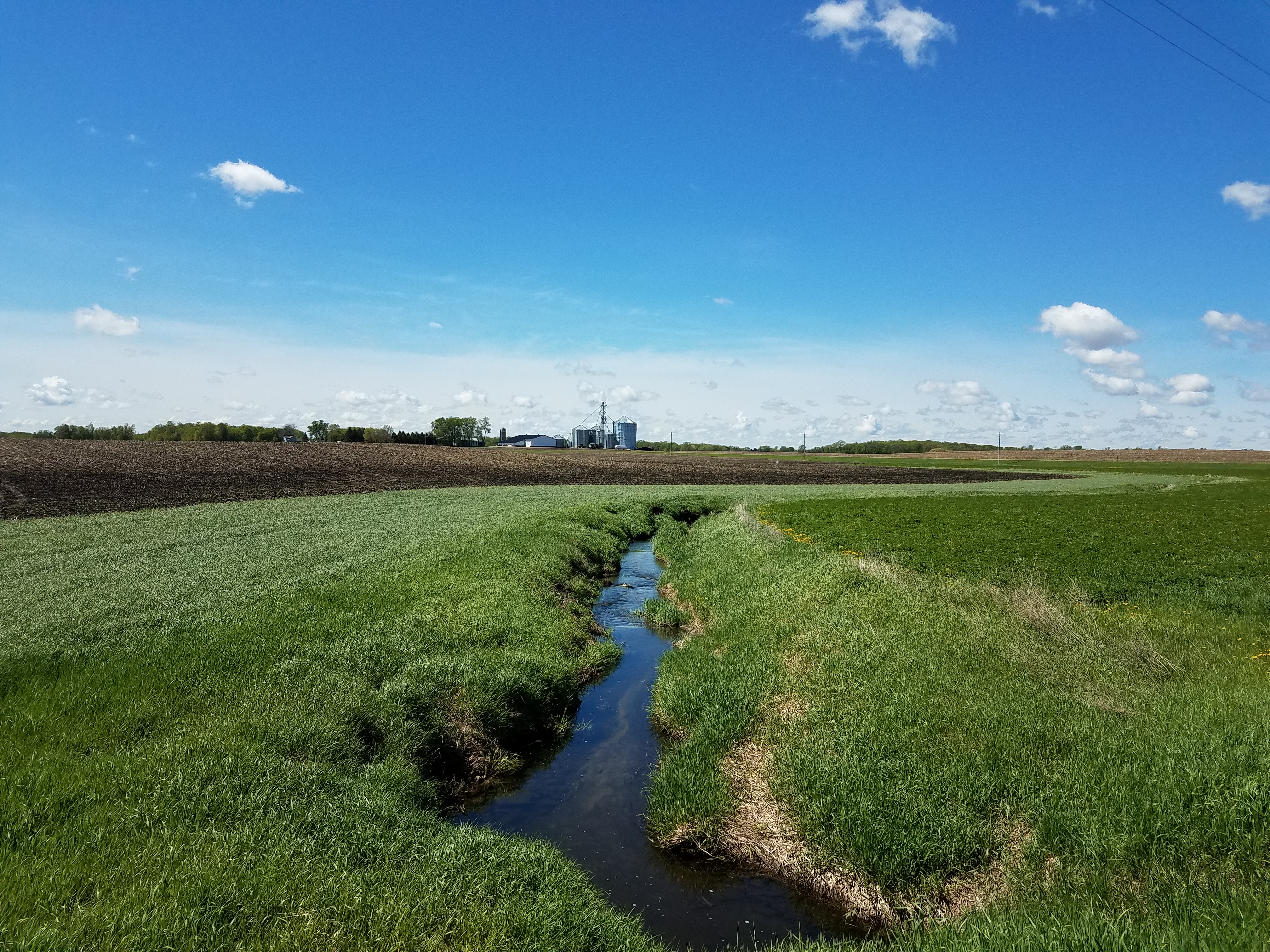Purpose
The purpose of this document is to provide guidance to landowners, or authorized agents or operators of a landowner, a consistent basis in determining if vegetation has been established and will satisfy the requirements of the Buffer Law (Minnesota Statutes §103F.48, Riparian Protection and Water Quality Practices).
Statutory Reference
Minnesota Statutes §103F.48, defines a buffer as “an area consisting of perennial vegetation, excluding invasive plants and noxious weeds, adjacent to all bodies of water within the state and that protects the water resources of the state from runoff pollution; stabilizes soils, shores, and banks; and protects or provides riparian corridors”.
Vegetative Establishment Guidance
To meet this definition and be considered “vegetated” buffers need to be sufficiently vegetated to meet the intended goals of the practice. The following guidelines should be used to determine when a buffer is sufficiently “vegetated” and should be applied after two growing seasons of establishment.
- Have a minimum of 80% total ground coverage of vegetation. This could be a combination of annual, biennial and perennial vegetation.
- Have a minimum of 75% perennial vegetation in relation to all vegetation present.
- Have no areas larger than 300 square feet dominated with bare ground.
- Establishment of a new buffer or re-establishment of an existing buffer should not include seeding of invasive or noxious weeds.
For sites that have a full canopy of tree and/or shrub cover there may be instances when herbaceous ground cover (grasses, sedges, flowers) is minimal during certain times of the year. Those situations should be addressed on a case by case basis. It is NOT expected that trees and shrubs be removed and a vegetative understory be established when there is a canopy in place, though addition of ground cover could provide increased benefit.
Other Conservation Considerations
- Mowing could be delayed until August 1st and to a height of no less than 4-6 inches to minimize bare ground and maintain effectiveness of buffers.
- Various pollinator mixes are available through working with your SWCD and NRCS offices.
- Conservation programs are available which can provide cost share and/or acquisition and establishment of native vegetation mixes.
- There may be specific programmatic standards that specify the vegetation establishment goals and requirements associated with establishing buffers.


